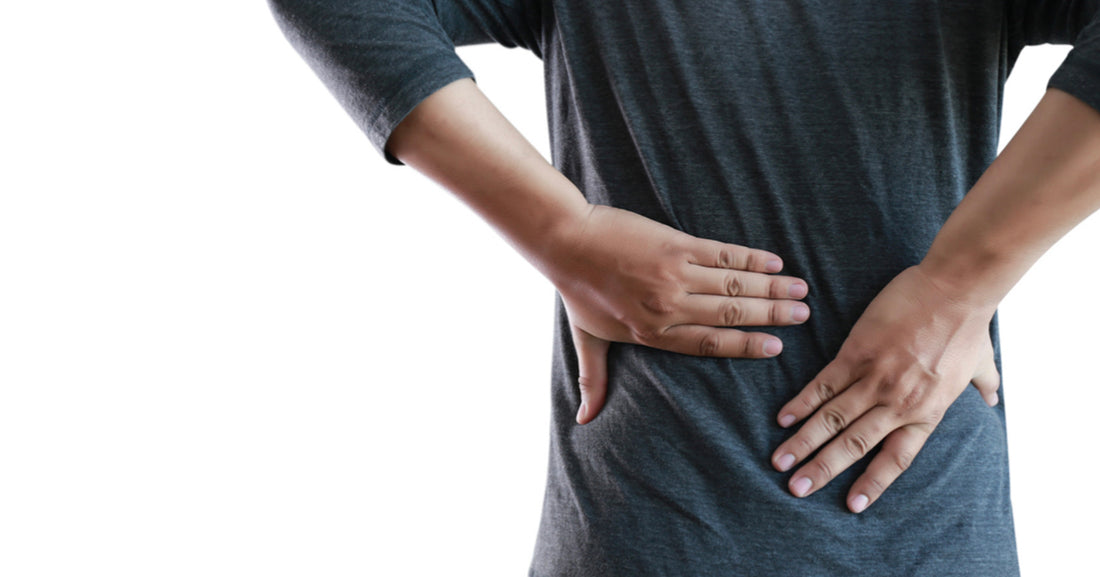
Piriformis Syndrome
Share
Conditions affecting the sciatic nerve that refer pain down the posterior thigh are often referred to as sciatica. The term is not specific, sciatica can be caused by several sources such as inflammation of the nerve or compression of the nerve in the lumbar spine, gluteals, or at another distal point along the pathway of the nerve. One of the common causes is compression of the nerve by the piriformis muscle, this is known as “piriformis syndrome”.
Piriformis syndrome has several causes as well. It can start due to direct or indirect trauma, inflammation, overuse, postural issues, and/or anything that leads to aggravating trigger points in the piriformis muscle. Common symptoms of piriformis syndrome are pain in the posterior thigh that can travel into the calf and foot, numbness in the foot, loss of proprioception in the affected leg, and loss of muscle strength.
Treatment for piriformis syndrome can be quite simple. Manual therapy is very helpful; whether it’s massage therapy, chiropractics, or physiotherapy; medical professionals that specialize in manual therapy and the muscular system can help speed up recovery time. There are few things that can be done at home as well that can make a huge difference.
You can strengthen weak muscles, most commonly this is done by doing eccentric and concentric hip abduction exercises. You can stretch the piriformis muscles, to find a stretch you need only google it, try adding pre- and post-stretching of the piriformis muscle into any exercises or activities your do. Finally you can also change your postural habits by doing things like frequently changing how you’re sitting, and putting a pillow in between your legs when you sleep to keep your hips more in line.
Hopefully you never experience sciatic pain, but if you or anyone you know do, know that there are lots of avenues to take for recovery. Sciatic pain can be crippling but it is commonly caused by the piriformis muscle which can be usually be resolved rather quickly with the right treatment, postural changes, stretches, and exercises.
- Zach
